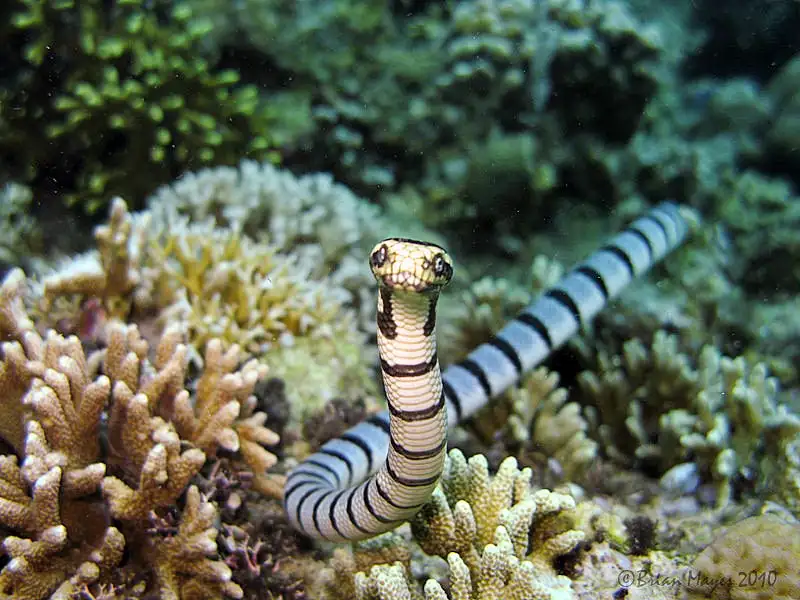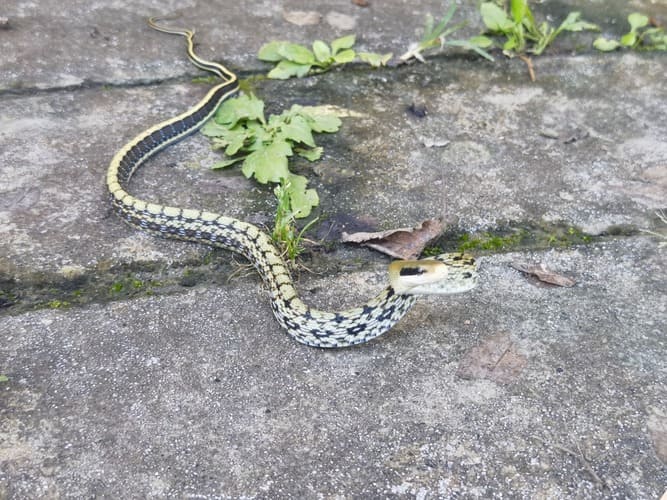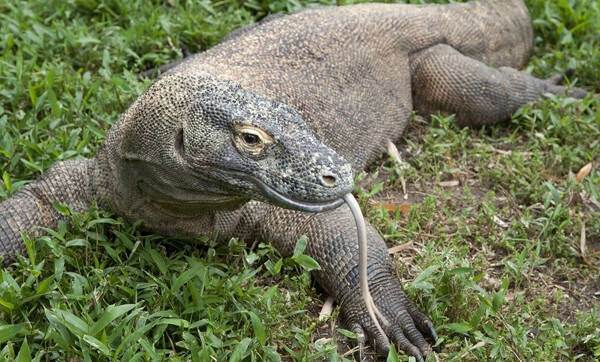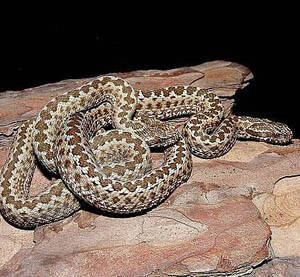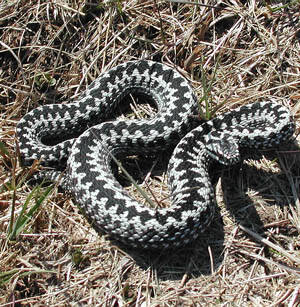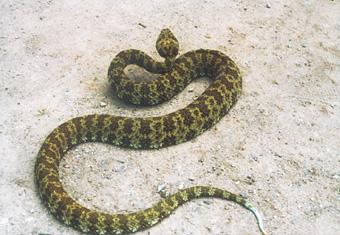Varanus bengalensis,
IUCN
LCBasic Information
Scientific classification
- name:Varanus bengalensis,
- Scientific Name:Varanus bengalensis,Bengal Monitor Lizard,Common Indian monitor lizard, Bengal monitor lizard
- Outline:Squamata
- Family:Varanidae Varanus
Vital signs
- length:90cm
- Weight:About 10kg
- lifetime:About 10-20 years
Feature
It has strong survival ability and mainly lives on the ground, but can also climb trees.
Distribution and Habitat
Distributed in Afghanistan, Bangladesh, Cambodia, China, India, Indonesia (Java, Sumatra), Islamic Republic of Iran, Lao People's Democratic Republic, Malaysia, Myanmar, Nepal, Pakistan, Sri Lanka, Thailand and Vietnam.
The Bengal monitor is highly resilient and can cope with a wide range of habitats, from deserts to tropical rainforests, with seasonal snowy winters. However, it is generally found in areas with persistently warm climates, with an average annual temperature of about 24°C in most of the south, and in surrounding seas and mountains with seasonal monsoon patterns. Some habitats are relatively arid, with an average annual precipitation of less than 200 mm. Other habitats are quite humid, with annual precipitation of up to 2,200 mm. The most common habitats for the Bengal monitor are deciduous, semi-deciduous, and evergreen tropical rainforests.
The western subspecies inhabits drier areas, while the eastern subspecies inhabits wetter environments, and is mainly ac
Appearance
The Bengal monitor has yellow spots on its body, a triangular head, and is more than 90 cm long, with the tail alone being 50 cm long. It has reached 10.2 kg. In the wild, males are generally 42% more overweight than females. The nostrils are slit-shaped and located in the center between the eyes and the snout. The western and eastern subspecies can be distinguished based on body color and scale shape. Adult Bengal monitors are generally gray or gray-green, with gray-black markings from the chin to the belly and tail. These markings are usually darker in the western region and lighter in the eastern region. These ventral markings usually become darker in color as the skin age increases. In the wild, the heaviest male Bengal monitor recorded weighed 7.18 kg.
Details
Bengal Monitor Lizard, also known as Bengal Monitor Lizard, has 3 subspecies.
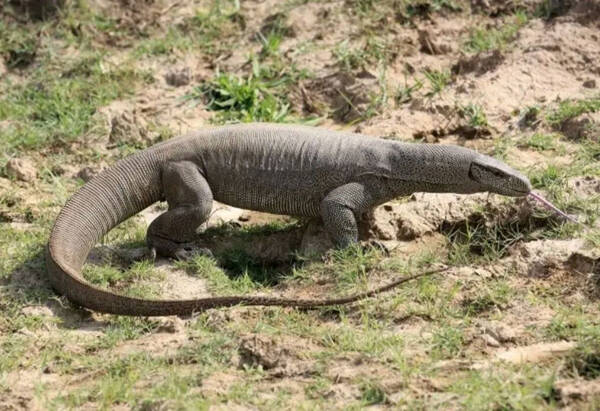
Bengal Monitor Lizard mainly lives on the ground and also climbs trees. Males are more active than females (males: 4.5 hours/day, females: 2.85 hours/day). The male has an activity range of 53,000m2 and the female has an activity range of 44,000m2. It feeds on arthropods such as insects, spiders, frogs, lizards, snakes, bats, fish, snails and small invertebrates, and will lick ants.
The main threats to the Bengal monitor are habitat destruction, and indirect effects are pesticide pollution in agricultural areas where the species lives and the reduction of available food resources. However, perhaps the biggest threat is that the species is hunted by humans, who hunt it for its skin and often eat its meat. The fat of the species is also used in traditional medicine.
Listed in the CITES I level protected animals of the Washington Convention.
Listed in the 2012 Red List of Endangered Species of the World Conservation Union (IUCN) ver 3.1 - Low Concern (LC).
Listed in the "National List of Terrestrial Wildlife with Important Economic and Scientific Research Value" issued by the State Forestry Administration of China on August 1, 2000.
Listed in the "National List of Key Protected Wildlife in China" at the first level.
Protect wildlife and eliminate game.
Maintaining ecological balance is everyone's responsibility!

